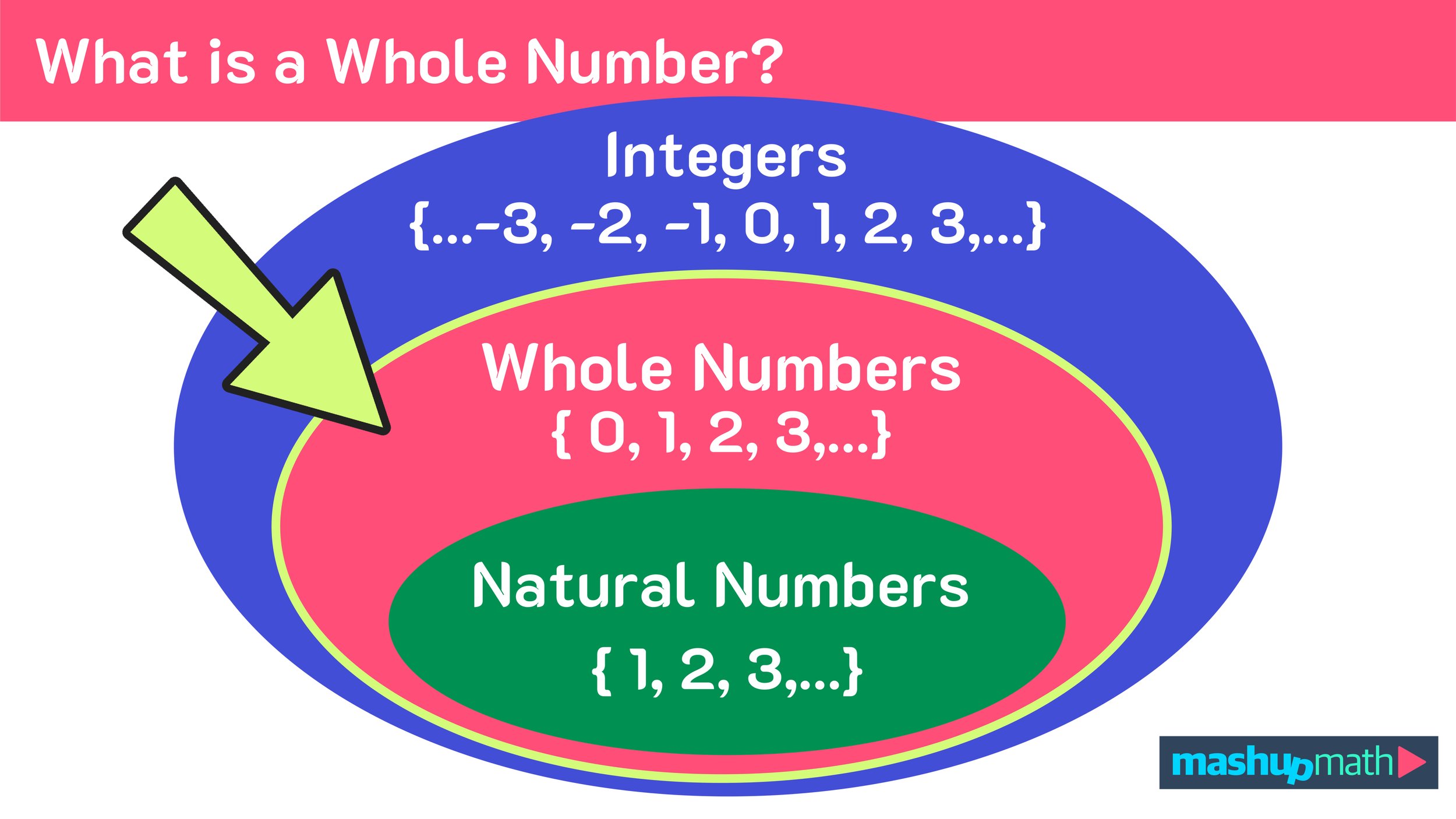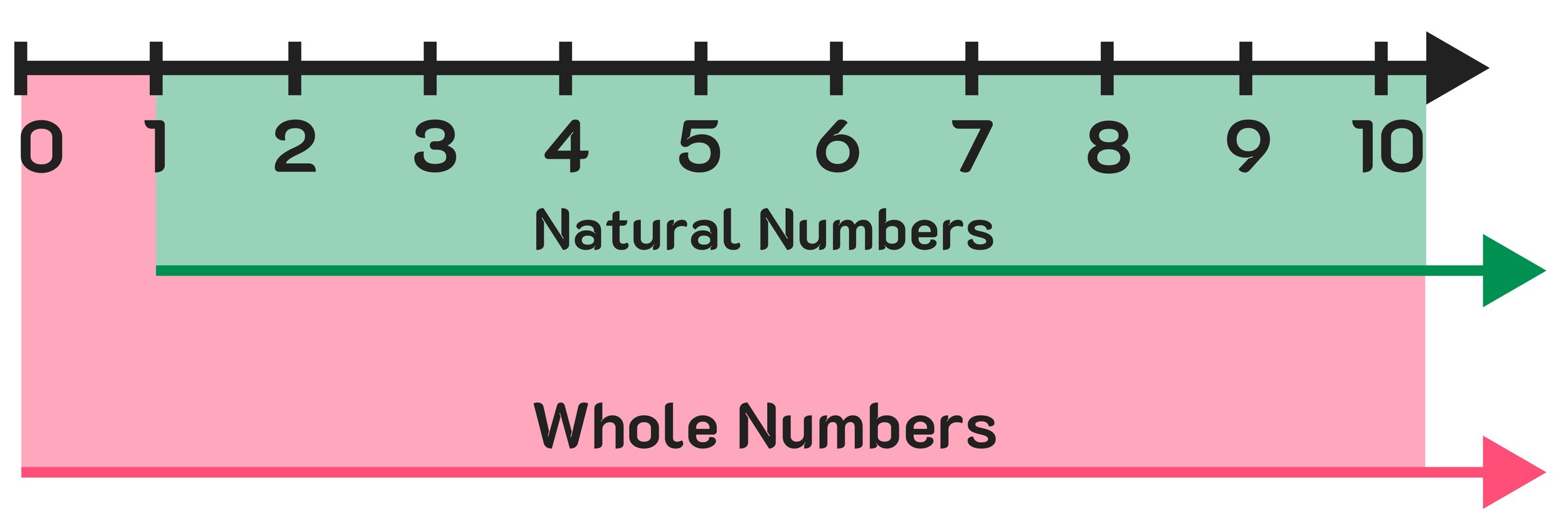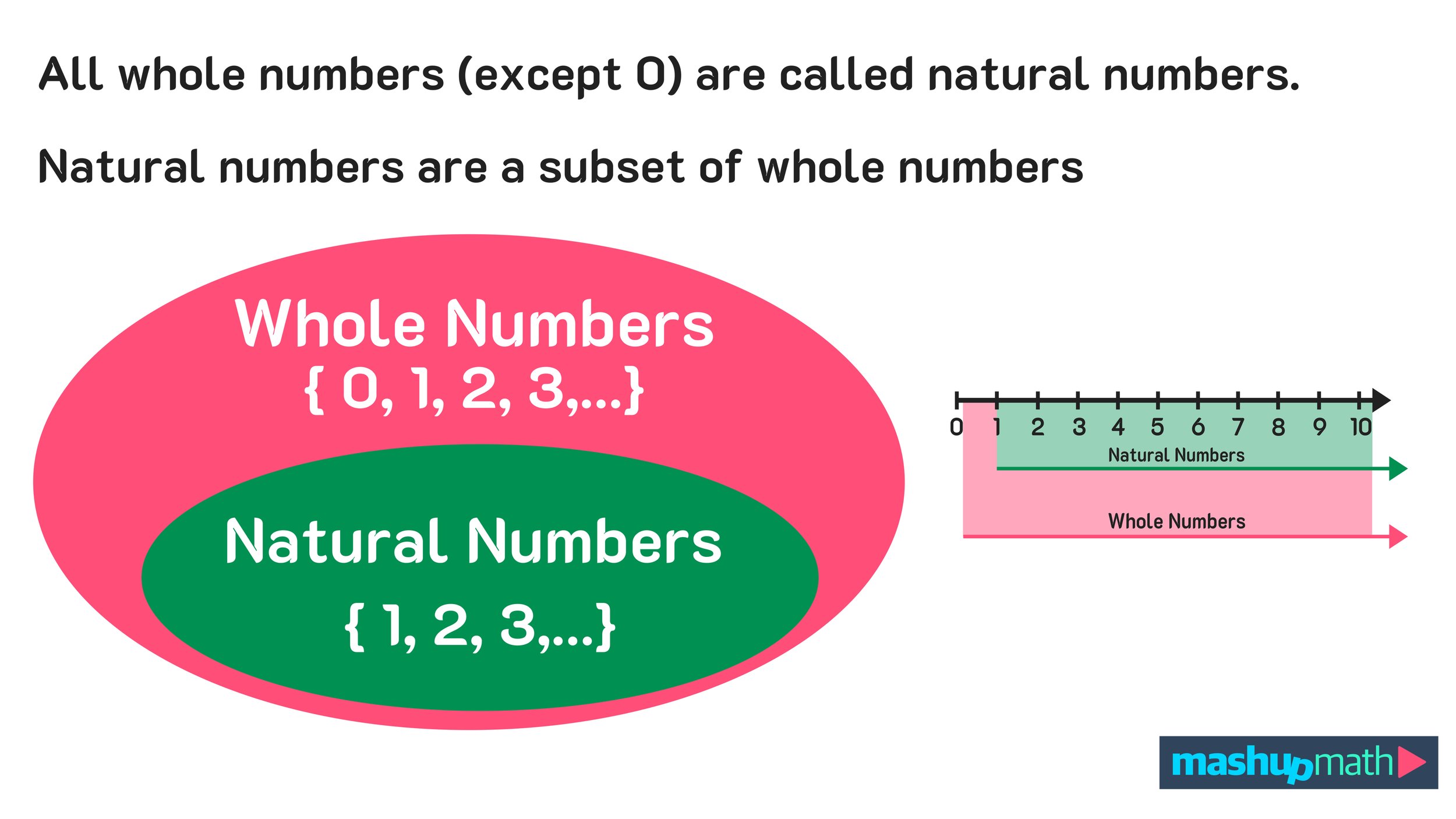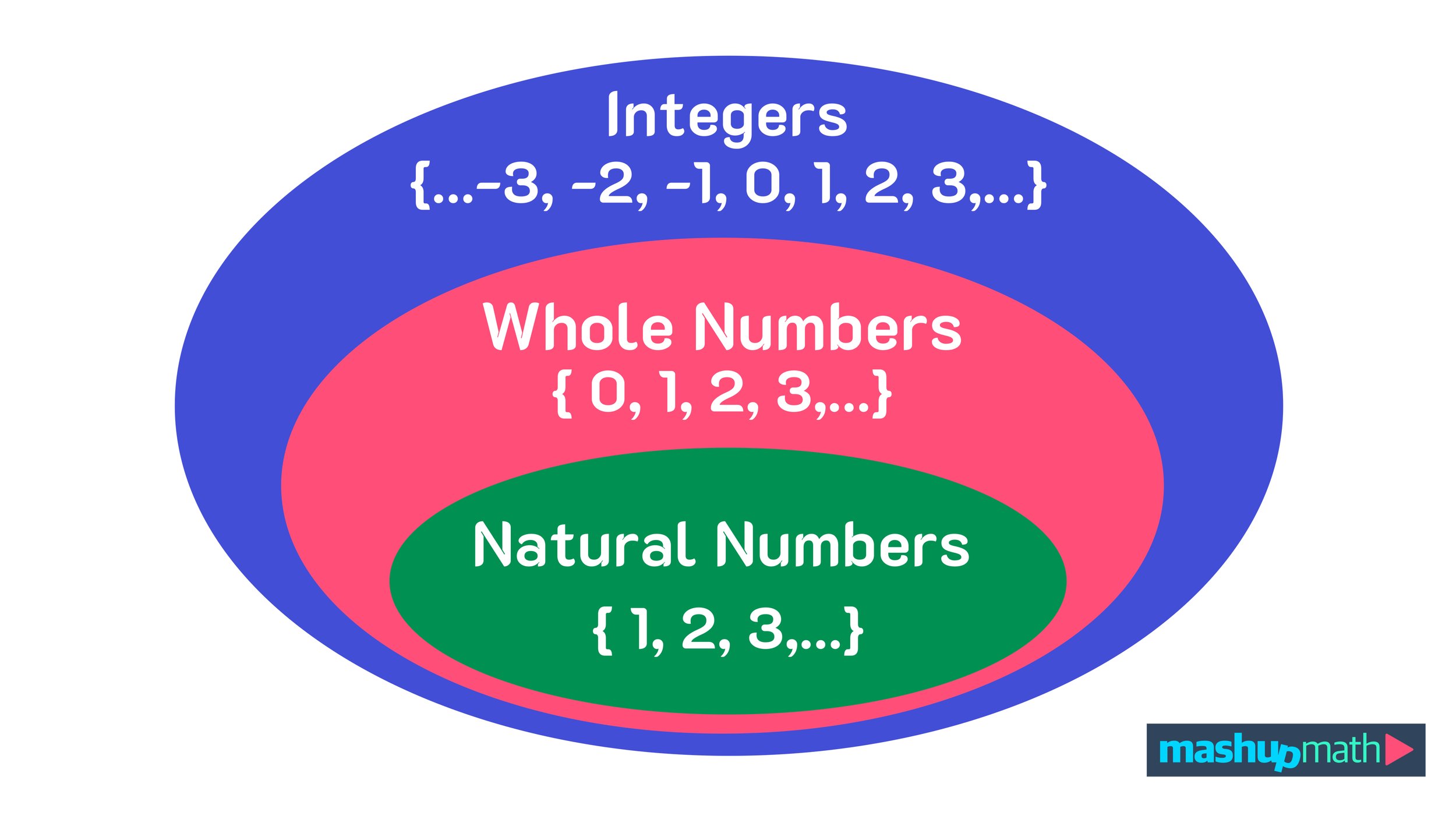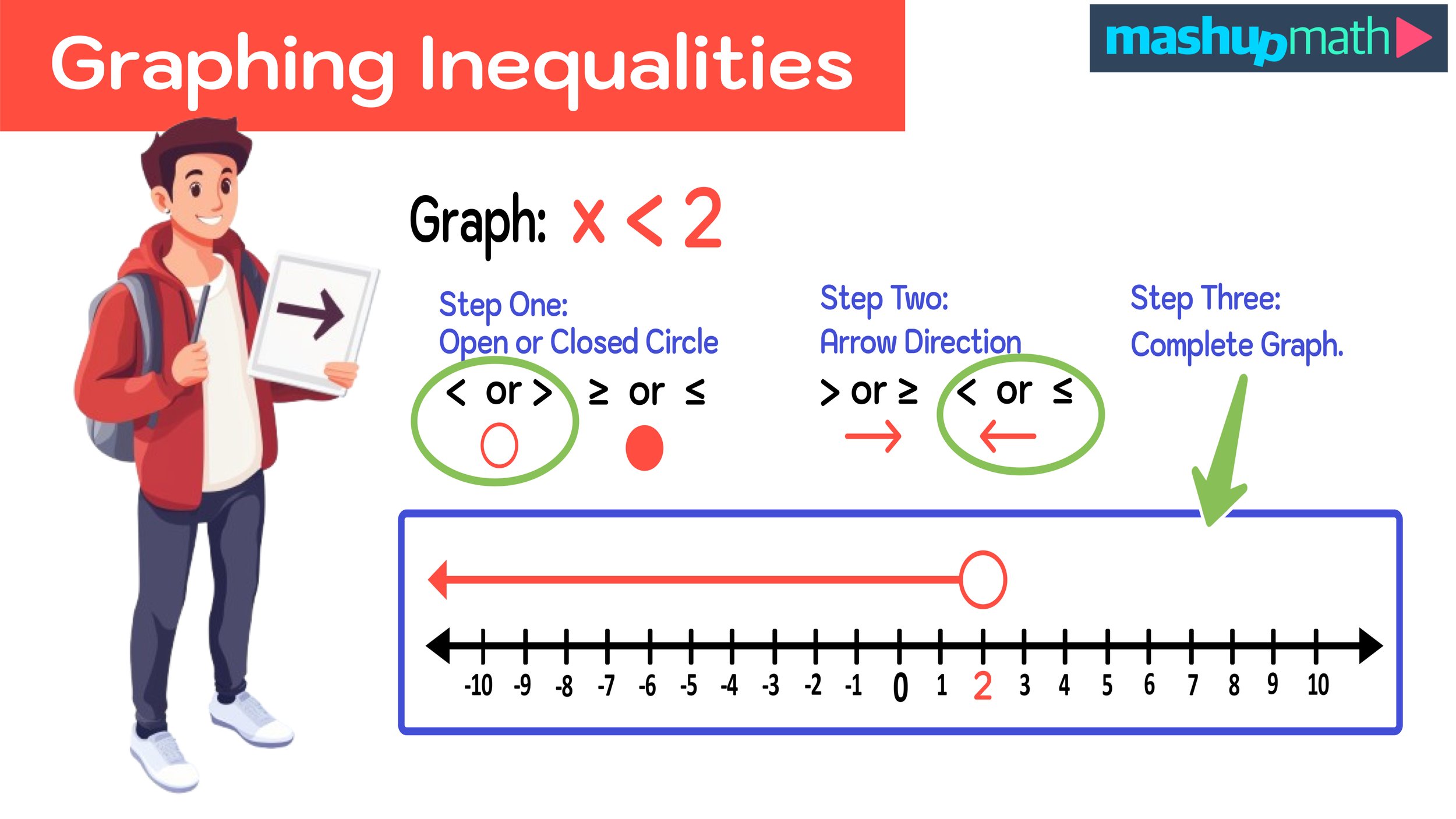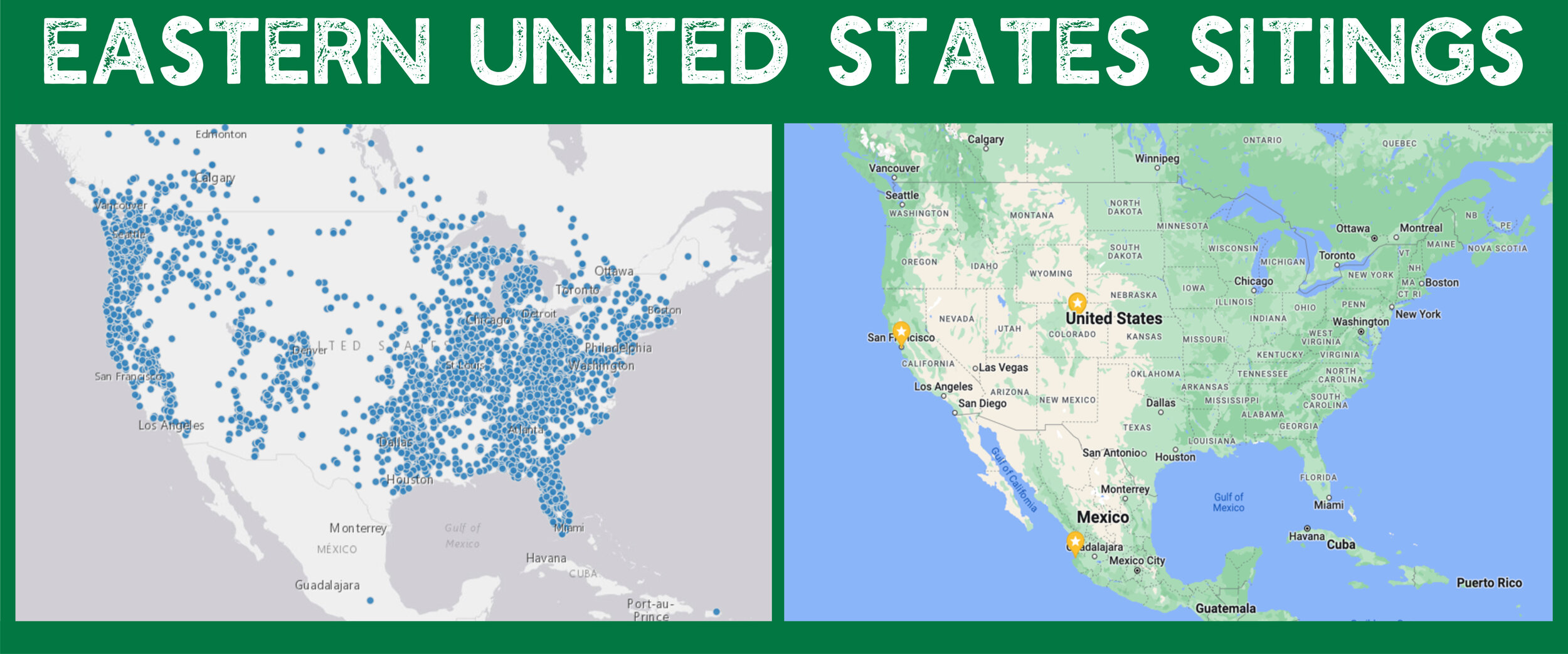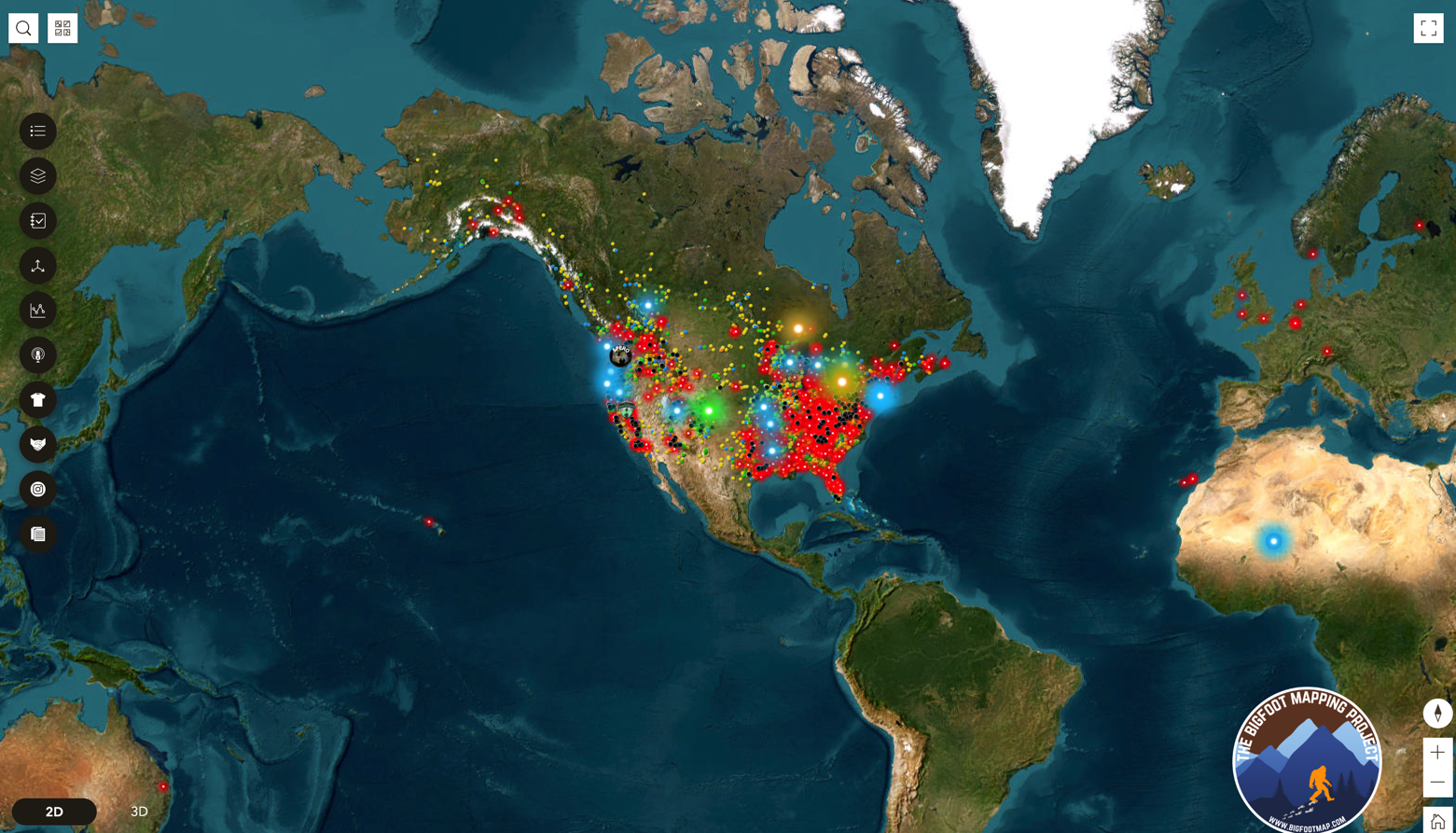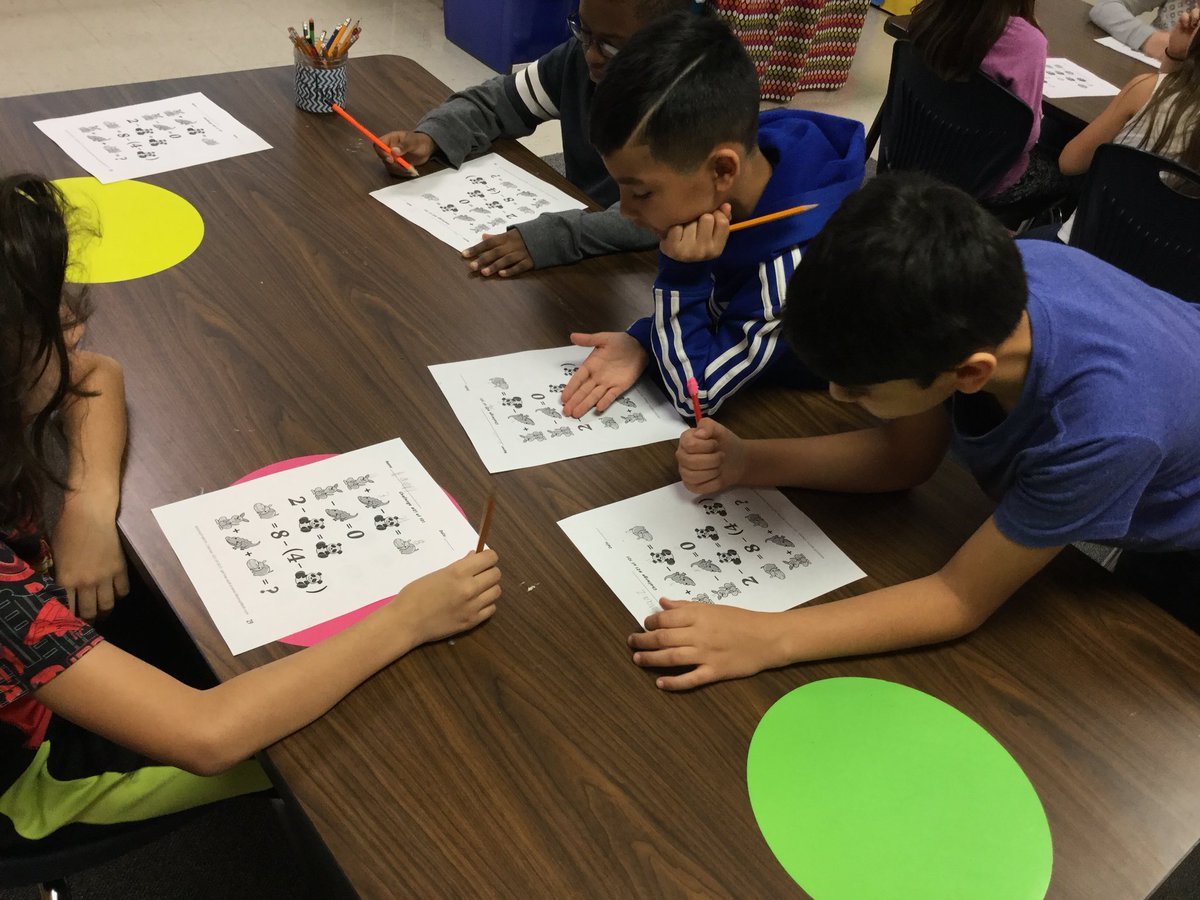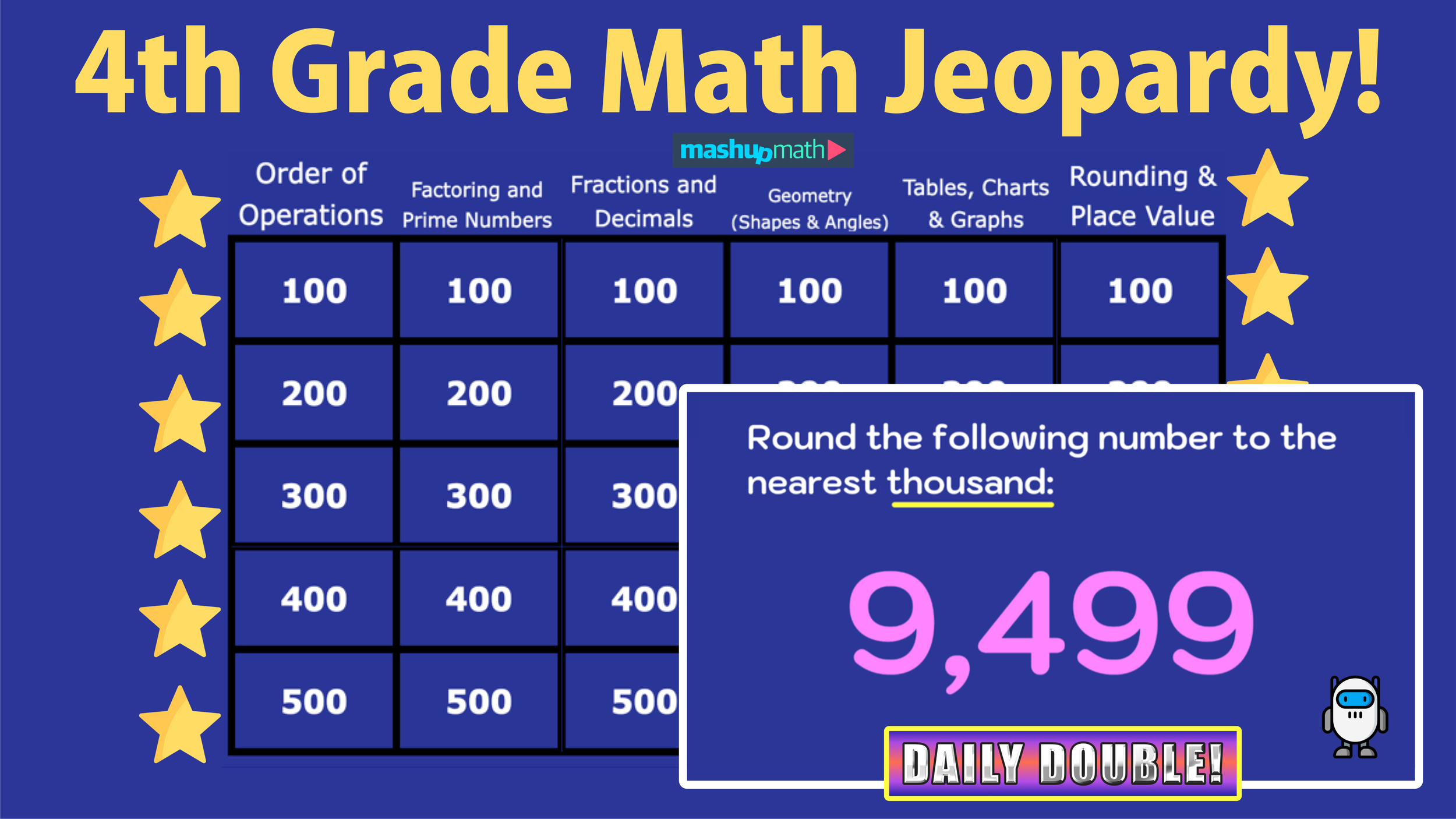What is a Whole Number in Math?
What is a whole number in math, is 0 a whole number, and how can you tell if a number is a whole number or not?
What is a whole number in math?
Do you remember when you first started learning how to count? At this early stage, you likely used your fingers as a simple counting tool. One, two, three, four, and so on. While the days of counting on your fingers are likely long behind you, the journey that you began then has led you to this point, where you are ready to learn about whole numbers, what they are, and how they fit into the number system.
Before we dive into learning about whole numbers, lets quickly review the definition of a natural number so that you can understand the difference between a natural number and a whole number later on.
What is a Natural Number?
In math, natural numbers are the numbers that we use for counting and ordering values or amounts. The set of natural numbers starts at 1 and is as follows: { 1, 2, 3, 4, 5, 6, 7, 8, 9, 10, 11, 12, 13, 14, 15, …}
Natural numbers are sometimes referred to as counting numbers. Notice that the set of natural numbers does not include 0, fractions/decimals, or negative numbers.
We can visualize the natural numbers on a number line as shown in Figure 01 below:
Figure 01: What is a Natural Number?
What is a Whole Number?
Now that you know what a natural number is, you can extend that understanding to whole numbers.
In math, whole numbers are a set of numbers that includes all of the natural numbers as well as 0.
The set of whole numbers starts at 0 and is as follows: { 0, 1, 2, 3, 4, 5, 6, 7, 8, 9, 10, 11, 12, 13, 14, 15, …}
Notice that, just like the set of natural numbers, the set of whole numbers does not include fractions/decimals or negative numbers.
We can visualize the whole numbers compared to the natural numbers on a number line as shown in Figure 02 below:
Figure 02: What is a whole number?
Simply put, the set of whole numbers is just the entire set of natural numbers with zero included.
With this in mind, we can say that the set of natural numbers is a subset of the set of whole numbers, which is why the diagram in Figure 03 below is often used to demonstrate this relationship.
Figure 03: Natural numbers are a subset of whole numbers. All whole numbers (except zero) are natural numbers too.
The Role of Zero: Is 0 a Whole Number?
Next, let's explore commonly asked question regarding whole numbers: Is zero a whole number? The answer to this quest is yes!
Zero is a whole number.
When it comes to the universe of numbers (and its subsets), the value zero is important because it represents a quantity of “nothing” or an empty set. In the case of whole numbers, zero is the dividing point that separates the positive numbers from the negative numbers (since zero is neither positive or negative).
As you continue to study the universe of numbers, you will continue to consider negative numbers and the set of integers, which includes all zero, all of the natural numbers, and their negative counterpart.
The set of integers in comparison to whole numbers and natural numbers, as well as the role of zero, is shown in Figure 04 below.
The set of integers does not include any values with fractional or decimal part. It does not have a starting point and is as follows {…,-5, -4, -3, -2, -1, 0, 1, 2, 3, 4, 5,…}
Figure 04: Is zero a whole number? Zero is a whole number and an integer as well.
Figure 05: Whole numbers and natural numbers are subsets of integers.
Examples of Whole Numbers
Now you are ready to extend your understanding of whole numbers to a few examples with real-world context:
Example #1: The number of members in the chess club. You can’t have a fraction of a person or a negative person as a member of a club, so the number used to describe the number of members will always be a whole number such as 7 or 12. And, of course, if nobody joins the chess club, you could say that there are zero members.
Example #2: The amount of marbles in a bag. You can’t have a fraction of a marble or a negative marble, so the number used to describe the amount of marbles in a bag will always be a whole number such as 22 or 60. And, if the bag is empty, you could say that the amount of marbles is zero.
Example #3: The number of cars for sale at a dealership. Again, it is not possible to have a fraction of a car or a negative car, so the number of cars for sale will be a whole number such as 5 or 116. If all of the cars are sold and there is nothing for sale at the dealership at any point in time, then the amount of cars for sale can be zero.
Figure 07: Whole Numbers in the Real-World: The number of cars available for sale at a dealership will always be a whole number such as 25 since it’s impossible to have a fraction of a car or a negative car and the amount of cars available can be zero if the lot is empty. Photo by Alex Suprun on Unsplash
Conclusion: What is a Whole Number in Math?
In math, the universe of numbers can be broken into several subsets.
The most basic of these subsets are the Natural Numbers (also known as counting numbers), which related to elementary finger counting as follows: {1, 2, 3, 4, 5, …}.
Whole numbers are a set of numbers that includes all of the natural numbers as well as 0.
Unlike the set of natural numbers, which starts at 1, the set of whole numbers starts at 0 and is as follows: { 0, 1, 2, 3, 4, 5, 6, 7, 8, 9, 10, 11, 12, 13, 14, 15, …}. Whole numbers can not be fractions or negative.
The set of whole numbers is just the entire set of natural numbers with zero included and we can say that the natural numbers are a subset of whole numbers.
While not a natural number, zero is a whole number and it plays an important role in the universe of numbers as a divider/boundary between the positive numbers and the negative numbers.
This understanding of whole numbers will help you as you continue on with your study of real numbers and their subsets, especially your next likely destination: integers.
More Free Resources You Will Love:
Why Am I So Bad at Math? (And How to Get Better)
If you are wondering, why am I so bad at math? The fault is likely due to you having a fixed mindset for learning, which is often a product of being negatively affected by harmful misconceptions about your ability to learn math.



